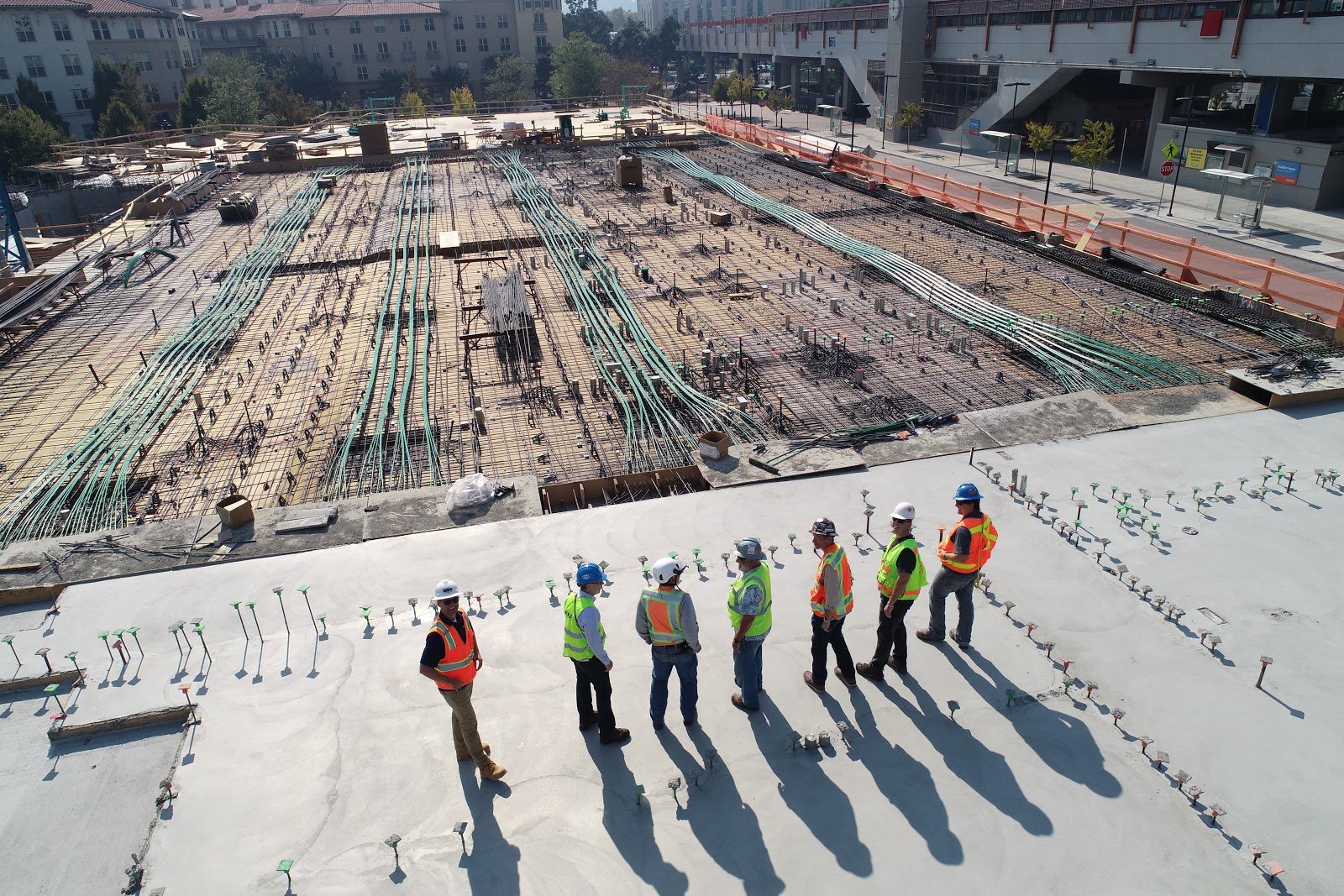7 Ways to Improve Safety in Construction Businesses
Everyone deserves to go home safely after a day at work. Unfortunately, that’s not always the case, and some industries are riskier than others.
If you have a construction business, safety should be the number one priority. Not only will it protect the people who work for you, but it will help ensure the continuity and longevity of your business.
Here are seven ways to improve safety in your construction business.
Create an Onboarding Procedure
No one should start working on a site without a full onboarding experience. It doesn’t matter if they’ve been in construction for twenty years; every site and job has subtle nuances that set it apart.
In many places, the induction process is a legal requirement. Take time to walk new workers through the site and highlight potential hazards, even those that seem obvious.
Enforce PPE
Personal Protective Equipment (PPE) is sometimes the difference between life and death on a construction site. While many people focus on the obvious forms of PPE, like wearing harnesses, complacency with the basics can be a silent killer. In 2014, 10% of construction site deaths were caused by falling objects. Wearing a hardhat can be the difference between death or a permanent brain injury and waking up with a mild headache.
As a business owner, it’s not enough to provide PPE to your workers. You must enforce the proper use of the equipment and discipline those who become complacent. The disruption and inconvenience of enforcing these rules now are well worth preventing serious long-term catastrophes.
Keep the Site Tidy
A construction site may never be clean, but it should be kept tidy in the most basic sense of the word. Everyone should be tasked with putting away their tools and reducing hazards whenever possible. All it takes is a simple trip over a misplaced cord for someone to get seriously injured on a construction site. It is also strongly advisable to fence your construction site with water-filled barriers or barricade fencing.
Create a Reporting Culture
Work to empower your workers and create a culture that promotes speaking up and asking questions. If someone sees something concerning, they should feel comfortable coming forward and reporting it, whether it’s faulty equipment or a co-worker’s behavior.
Encourage your employees to report near misses and incidents so that they can be followed up on and corrected.
Schedule Daily Walk-Throughs
Take time each day to schedule a walkthrough and keep a log of everything that’s happening on the site. It’s well worth developing a simple checklist outlining the various hazards on the site. If it’s not possible for you, personally, to do a walkthrough, consider enlisting a safety officer to handle the task.
Follow Label and Signage Regulations
Always follow proper labeling and signage requirements to ensure your site is in compliance. If there are hazardous materials present, make the labels apparent and the handling protocols posted and visible. Outline the sign meanings and information posting centers during the induction for your workers.
Invest in Training
Finally, don’t hesitate to invest in training your people. Be the employer that goes above and beyond to ensure your people are empowered and prepared for all potential situations. Offer to pay for first aid courses or make them mandatory for working on your sites. Ensure that everyone is up to date on their hazardous materials handling and workplace safety training.
In addition to formal training opportunities, schedule regular gatherings, and update meetings with your team. Use these to highlight issues noted during previous walkthroughs and reports.
Creating a safety-oriented construction business starts at the top. As a business owner, you need to walk the talk and model the behavior you expect to see. Follow the rules put in place and enforce them with your workers to ensure everyone gets home safe.

